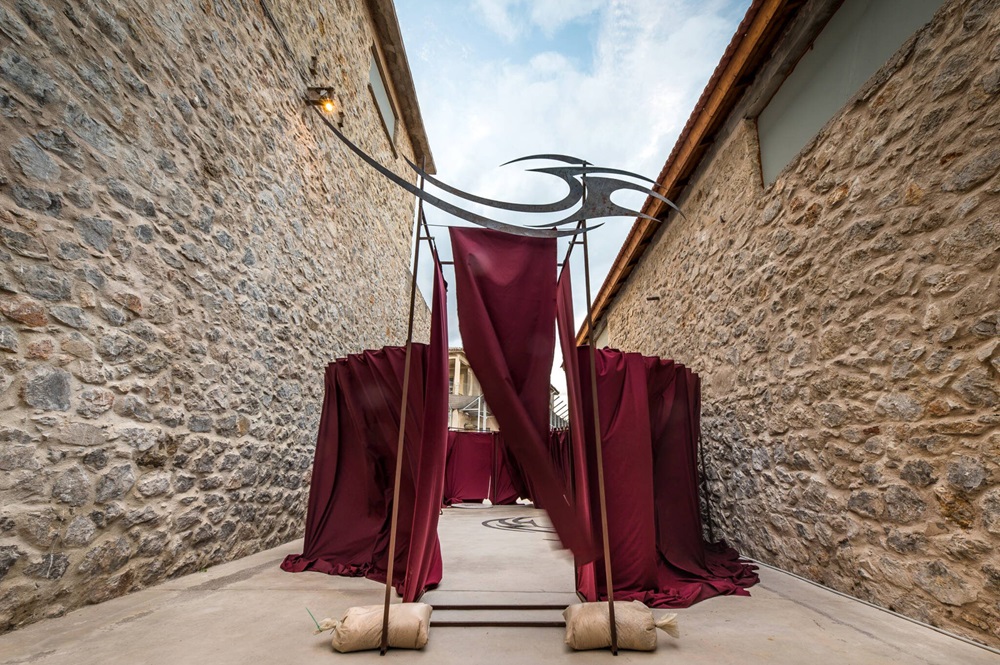
On Sunday 11 February, the public will have the last opportunity to explore the art exhibitions Mystery 111 Eleusis Terracotta Army by Juan Esteban Sandoval, Mystery 151 A Rave Down Below curated by Panos Giannikopoulos, Mystery 87 I My Sea Journey, I My Land Claim by Stefania Strouza and Mystery 8 Eyes on Japan by Antonis Theodoridis, that are currently on show in Elefsina. The four exhibitions will be open from 13.00 to 20.00, while, during the day, the creators of the projects – internationally renowned artists from Greece and abroad – will present their work and talk to the public, once again highlighting the small town of West Attica as a point of meeting, reflection and open dialogue.
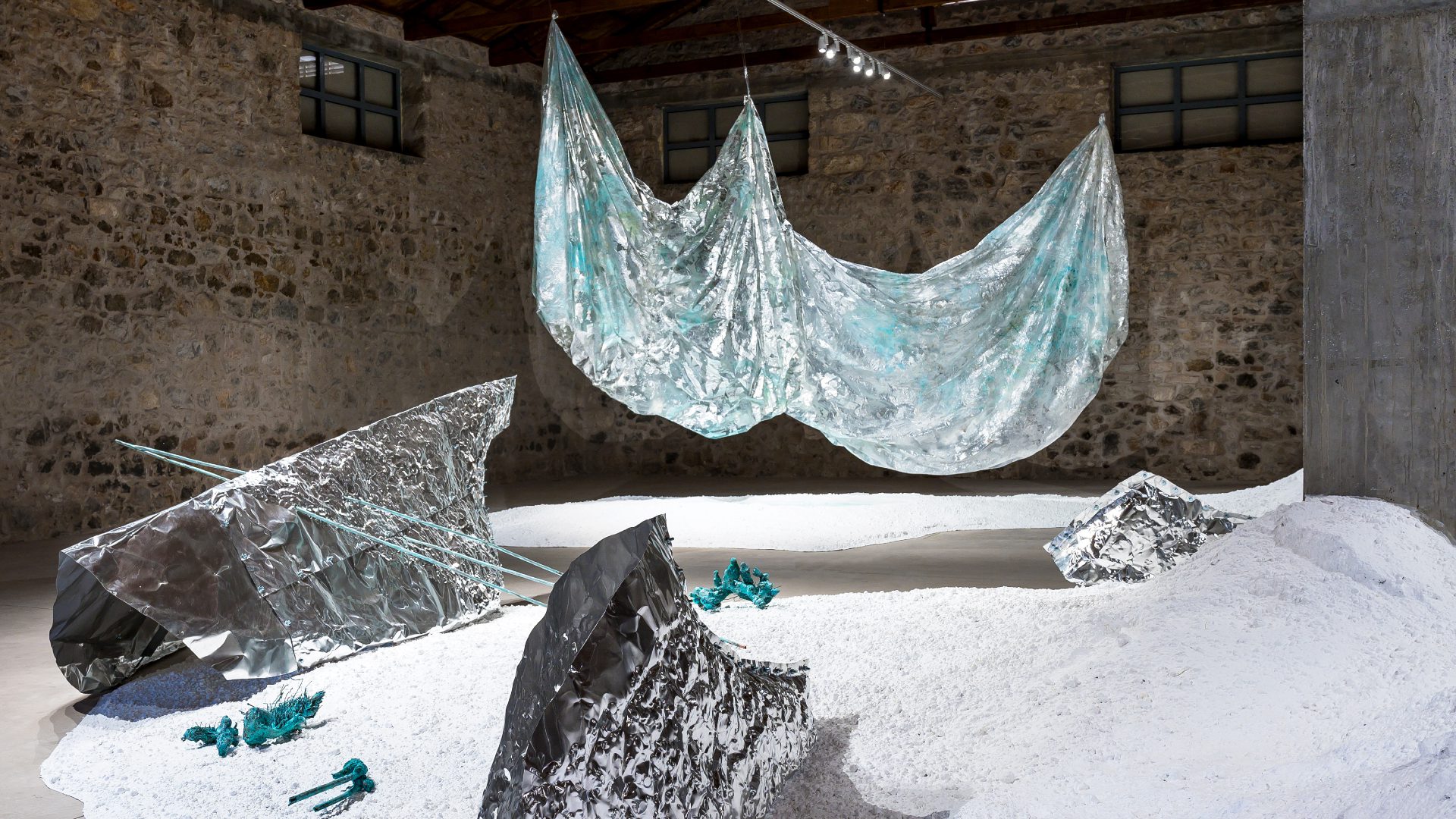
More specifically, at 13.00, the photographer Antonis Theodoridis together with the curator Christian Oxenius will welcome the public at the L. Kanellopoulos Cultural Centre to talk about the photography exhibition “The Return of Spring and other Rites of Transition”, which is part of Mystery 8 Eyes on Japan. Following an open call, in collaboration with EU Japan Fest, Theodorides was selected to travel to Japan and document the traces of Japanese culture in Osaka province. Then he remained in Elefsina, where he continued his photographic observation, looking for possible convergences and divergences of the two geographical locations and historical cultures in the present day. The exhibition is dedicated to the contrasts and juxtapositions of two different worlds, discovering a common place through universal concepts such as the changing of the seasons and the transitions from decay to renaissance, from mourning to joy, from childhood to adulthood.
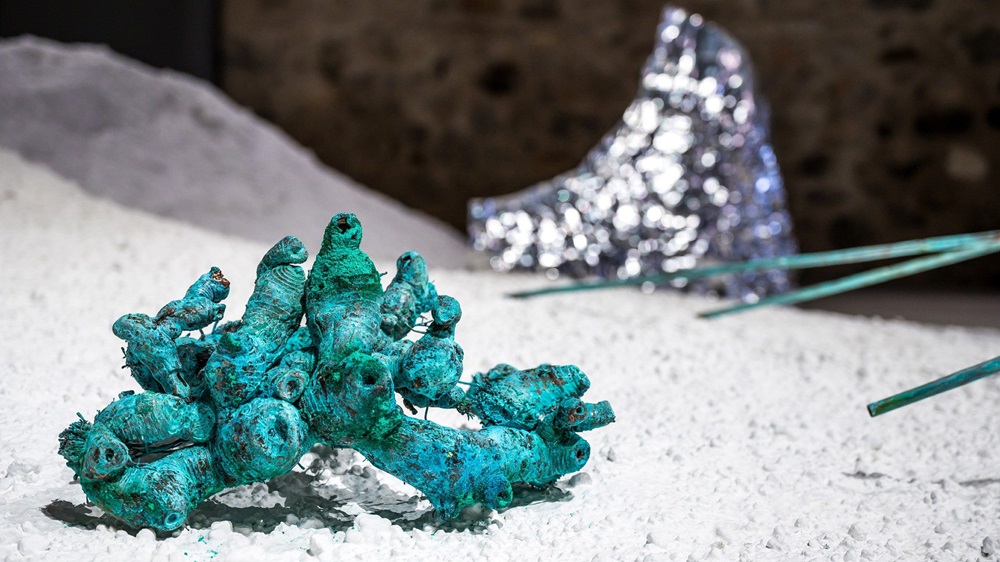
Later in the day, we head to the Old Olive Mill Factory. At 16.00, the acclaimed visual artist Stefania Strouza, who just recently won this year’s Art Athina Young Artist Award, invites us to discover the world of her new sculptural installation Mystery 87 I My Sea Journey, I My Land Claim. The work refers to the ecological destruction the planet is experiencing today, taking as its starting point the coastal zone of Elefsina. Strouza, continuing her artistic work on the myth of Medea, this time chooses as a point of reference Heiner Müller’s theatrical triptych Raminated shore – Medea’s material – Landscape with Argonauts (1982), where Medea is perceived as a “place” in which memories and traumas of a violent patriarchal and consumerist world are engraved. He exploits this interprentative scheme and proceeds to identify Medea with Nature and with the place of Elefsina, taking into account the consequences of heavy industry and the erosion of abandoned ships in the area. At the event, the General Artistic Director of 2023 Eleusis, Michael Marmarinos, will read an excerpt from Müller’s play.
Immediately afterwards, at 17.00, Panos Giannikopoulos will guide the audience, for the last time, to the group exhibition of contemporary art Mystery 151 A Rave Down Below, curated by him, in which 18 artists and artistic groups from Greece and abroad participate. The exhibition explores the political dynamics of the body in motion from the simultaneously geological and cultural subsoil. Alchemical wanderings through the historical past, the post-industrial present and mythology culminate in an angry dance. The narrative unfolds through the myths and history of the city of Elefsina and the Mysteries with dance as a means of culmination, ritual and method of approaching the concepts of death and loss. Elements of the myth of descent, such as life between two worlds, darkness and light, rituals and the use of psychedelic cycling, are also linked to the city’s recent cultural history, as – especially in the 1990s – rave parties activated the reserve of the underlit industrial spaces of the area and the coastal front of Elefsina.
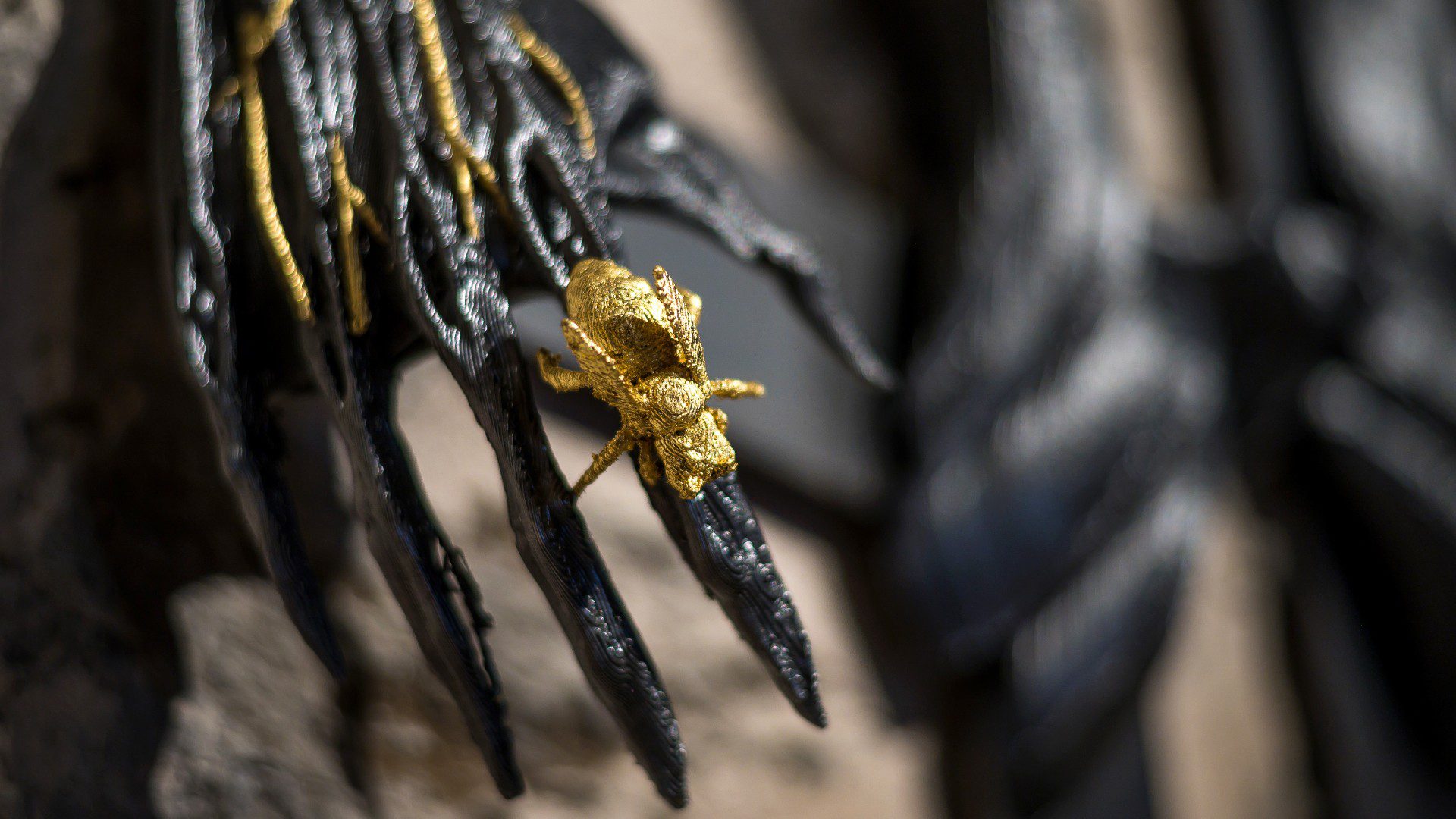
At 18.00, the attention turns to IRIS and Mystery 111 Eleusis Terracotta Army by Juan Sandoval. A tribute exhibition to the people who work in Elefsina and the wider West Attica region, a huge collective portrait representing those who have forged with their work, their physical effort and their lives the current image of the place where they live. The work consists of 2,000 handmade clay helmets with reference to the region’s workforce and the concept of work through the eyes of the inhabitants of the Thriasian field. Already from 13.00 onwards, the artist will be there – as he already does every Wednesday and Sunday, in the last weeks of the exhibition – to distribute to the participants and the residents of Elefsina the clay helmets he has created for them. In this way, the work will not cease to exist but will remain alive in the city in and for which it was created.


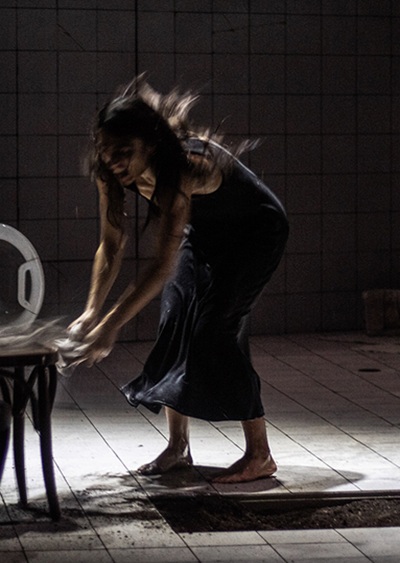




Leave A Comment